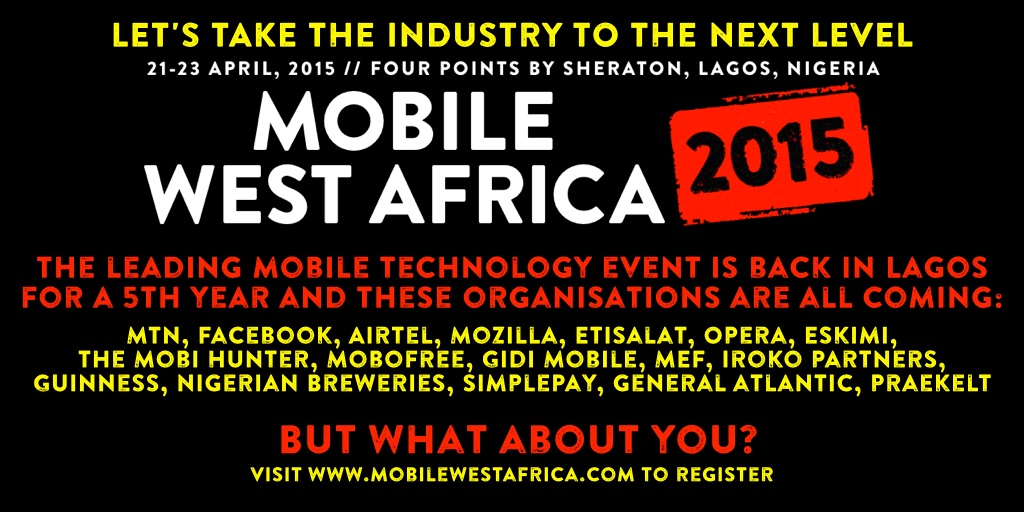Mobile Money and the Nigerian Milieu
The future they say is now. One may wonder what the next innovation would be most especially in the banking and telecommunication sectors of the economy – after Mobile Money, what next? That will be a discourse for another day.
Apparently, Mobile Money has now become an imperative factor for financial inclusion and the key driver of funds from the informal sector to the formal/banking sector. The Central Bank of Nigeria (CBN) on its part has come up with plausible policies to ensure fewer cash is used by encouraging banks and other financial institutions to embrace alternative transaction channels (Internet, POS, Mobile Phones etc). Nonetheless, in this piece, we shall be considering Mobile Money as one of the alternative channels.
Mobile Money Vs Mobile Banking
Permit me to swiftly make a very simple dissimilarity between Mobile Money and Mobile Banking as both terms are often misconceived by the customers, surprisingly, quite a number of bank employees seldom know the difference between the terms.
“Mobile Banking (also known as M-Banking or mBanking) is a term used for performing balance checks, account transactions, payments, credit applications and other banking transactions through a mobile device such as a mobile phones or Personal Digital Assistant (PDA)”, source: Wikipedia. Also, Wikipedia defines Mobile Money as payment services operated under financial regulation and performed from or via a mobile device(s).
You may be right to say they are not explicit enough as they convey almost the same meaning to the customer. Put in its simplest form, Mobile Banking gives you access to your bank account details and allows you to perform most banking and non-banking transactions – balance enquiry, transfers, bill payments, purchases etc) right on your mobile phone. In essence, you must have a bank account to use a mobile banking service. Conversely, Mobile Money allows you to enjoy basic banking services (money transfers, cash withdrawals, savings, bill payments) and other transactions (purchases, virtual purchases, airtime top-up and many more) all on your mobile phone without having to visit or open a bank account – No bank account required for mobile money.
Sequel to this, it may perhaps be concluded that mobile money is targeted primarily at the unbanked/under-banked market segments, what a great fortune that lies at the bottom of the pyramid where a significant percentage of the population remains unbanked/under-banked! If this were the case, how come our mobile money campaign tends to concentrate largely at the urban cities and the banked segment? Probably to achieve a short term goal at the expense of the long-term goals or better put, pursuing shadows while leaving the substance. This if not carefully managed may lead to the cannibalization on the usage and revenue from the already existing Mobile-Banking system which is designed primarily for the banked. Consequently, there is a vital need to redefine who the prime target for Mobile Money is, and then the target market can be divided into various niches based on customers’ peculiarity which in turn will determine the value proposition to be offered by the Mobile Money Operators (MMOs). In essence, the market for Mobile Money should be created from the bottom-up and not top-down if we must actualize a total financial inclusion.
Lessons from M-Pesa
Some lessons can be drawn from M-Pesa both in Kenya and in Tanzania with over 15 million and 9 million successfully registered mobile money accounts respectively till date. How did they achieve this within a very short period? Remember our primary target for Mobile Money – The unbanked/under-banked etc. For instance, the initial value proposition of M-Pesa in Kenya was to give microfinance borrowers an easy means of repaying their loans to their lenders via mobile phones (SMS and simple mobile applications). It was later discovered that most of the borrowers (users of M-Pesa) adopted the service for a variety of alternative uses which gave rise to some complications between Safaricom (developers of M-Pesa) and Faulu (the partner microfinance bank). These complications led to the repositioning of M-Pesa with a different value proposition “sending money home across the country, making and receiving payments with a very limited or no involvement of banks” as opposed to the initial use by microfinance bank borrowers for loan repayment.
Also the name of M-Pesa reveals it is intended for the local market hence, the brand “M-Pesa” (M for Mobile, Pesa is Swahili for money). In the Nigerian milieu, the initial campaign on mobile money I think would have been not unreasonable if called M-Naira/Mo-Naira (pronounced as More Naira or Mobile Naira) or a name that will appeal specifically to our environment and most especially to those at the bottom of the pyramid than the generic name – Mobile Money, consider, KudiWaya, Owo ori ago and Ego na fone! Thanks to some operators who have taken the lead in branding their mobile-money distinctively.
Although, the business model adopted by M-Pesa may not totally be our benchmark considering the exceptionality of the Nigerian market but I believe lessons can be drawn from their success story and adapted to our environment where necessary. M-Pesa also leveraged on the existing network of airtime resellers mostly Safaricom airtime resellers to increase its agent network – this resulted in increased number of customers’ reach particularly at places where the banks ordinarily would not have gained access to or where setting up a bank branch would not have made a good business justification in terms of running cost etc. Also, its agent network contributed a quota to employment rate.
Nigerian Mobile Money Market
Going back to the Nigerian market, it is time we returned to the drawing board to redefine our primary target for mobile money and initiate value propositions that are relevant to every segment. First, we need to build a substantial agent network where they are most needed and support them with well defined marketing communication tactics that will convey the necessary value propositions and enhance service/product activation. Think about this, of what benefit is mobile money to a customer who is currently using mobile banking services when most if not all Mobile Money services are also available on his Mobile Banking service? This is not in any way undermining the importance of mobile-money to the banked segment – they need to see the value proposition before adoption at their level can take place. The advantage of Mobile Money lies in its reach to the larger population of the unbanked/under-banked and perchance the banked segment. In addition to mobile apps that are common to mobile banking and mobile money, USSD and SMS transaction channels available on mobile money is another simplified advantage which the common man can use without any complication.
Rivalry among mobile money operators in the Nigerian market may also lessen market penetration and as well decelerate the adoption rate of prospective mobile money users. Here is another scenario; if the user of “Mobile Money Operator A” is unable to transfer money to the user of “Mobile Money Operator B”, this by default reduces the number of transactions that can be performed with mobile-money and also reduces the revenue accrued to both the agent and the operator (MMO). In my view, I think Operators should open up their systems to allow interoperability (the regulators may need to intervene on this) where Operator A can conveniently send money to Operator B with no impediments. Receiver of such transfers can then decide to either cash the money from an agent or retain the money in their mobile money accounts. This will result in a more healthy competition in terms of service delivery speed, query resolutions, effectiveness and efficiency among operators (MMO) and of course, users will always opt for the operator (MMO) that delivers to time and with the least possible cost. Customers’ preference will also be based on their trust and confidence in the operator’s ability to respond to and resolve customers’ issues and complaints which may be inevitable. Again, M-Pesa allows the transfer of funds to non M-Pesa mobile money accounts, hence their rapid growth and large acceptance in the market.
It is also hoped that over time, mobile money operators most especially the banks will leverage on the database of their unbanked/under-banked mobile money users to gain market insight and for marketing purposes for other banking products and services which may eventually encourage the unbanked to own a bank account.
In subsequent publications, we shall be unveiling some of the secrets to increasing Mobile Money adoption rate among the banked, under-banked and the unbanked market segments – MOBILE MONEY VALUE PROPOSITIONS!
Oladipupo Olabisi is a Mobile Money Analyst based in Lagos, Nigeria.




